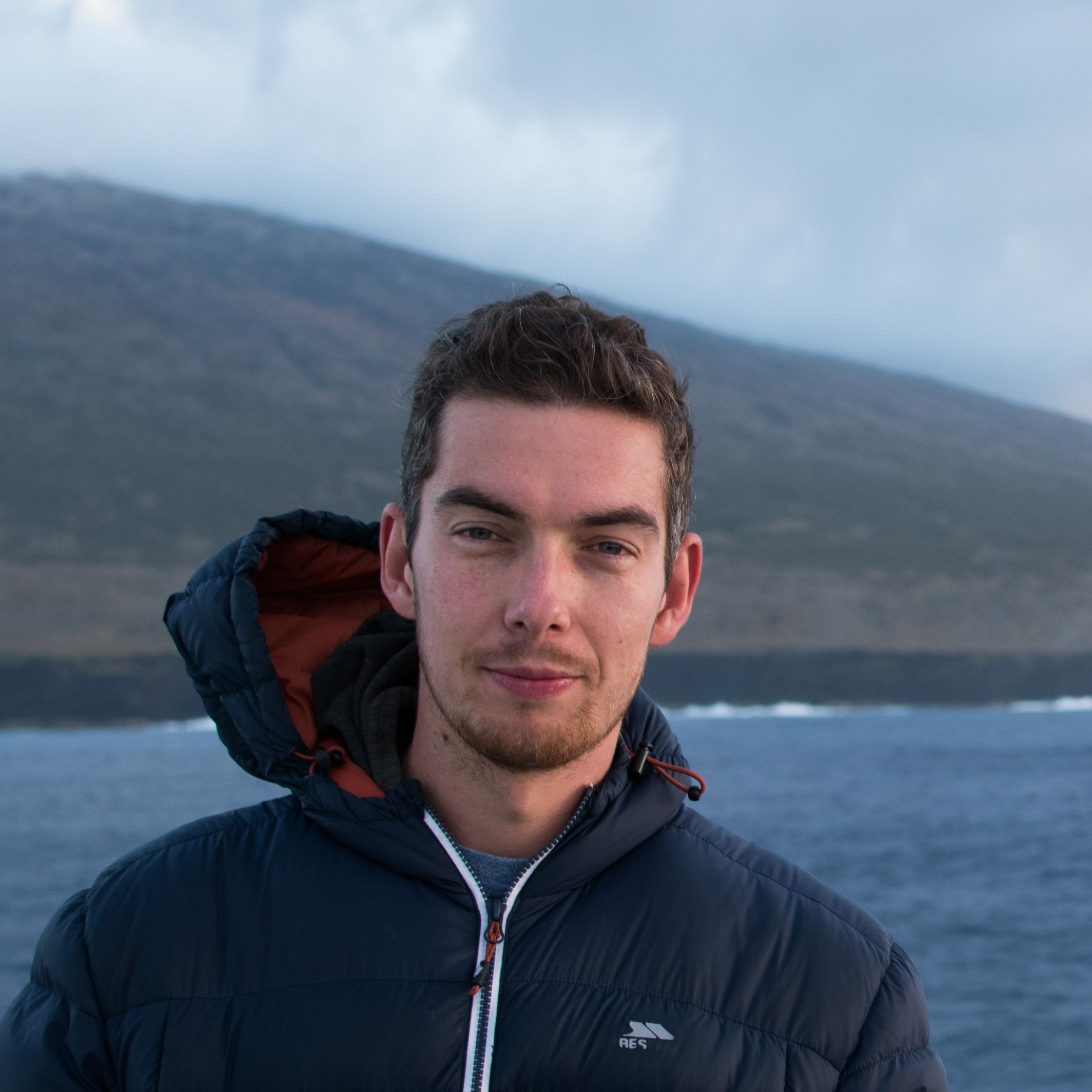
Current ACEAS Activities:
My current activities within ACEAS are twofold. Firstly, I am working on better understanding the response of the Southern Ocean and Antarctica to climatic changes during the early- to mid-Pliocene period. In particular, I am focused on the mid-Pliocene Warm Period (mPWP), from ~ 3.3 to 3.0 million years ago. During the mPWP, atmospheric CO2 concentrations varied between approximately 280-450 ppm, and global temperatures were at times 2-4 degrees warmer than pre-industrial times. This makes the mPWP a fantastic geological analog to projected 21st-century warming. Worryingly, the global sea level during the mPWP at times reached up to 15 metres higher than the present, suggesting significant melting of Antarctica ice sheets. My work focuses on identifying periods of ice mass loss from regions of East Antarctica that have been identified as potentially at risk of current warming.
The second theme of my research is to better understand the cycling of neodymium – a rare earth element – within the sediments and ocean around East Antarctica. The ratio of neodymium isotopes within marine sediments is widely used as a tracer for past changes in ocean circulation. This is because within the modern ocean different water masses possess unique neodymium isotopic signatures. However, uncertainty remains in exactly how marine sediments acquire their neodymium isotopic signature. To address this, I am examining the neodymium isotope signature of relatively recently deposited sediments within different sedimentary environments around East Antarctica.
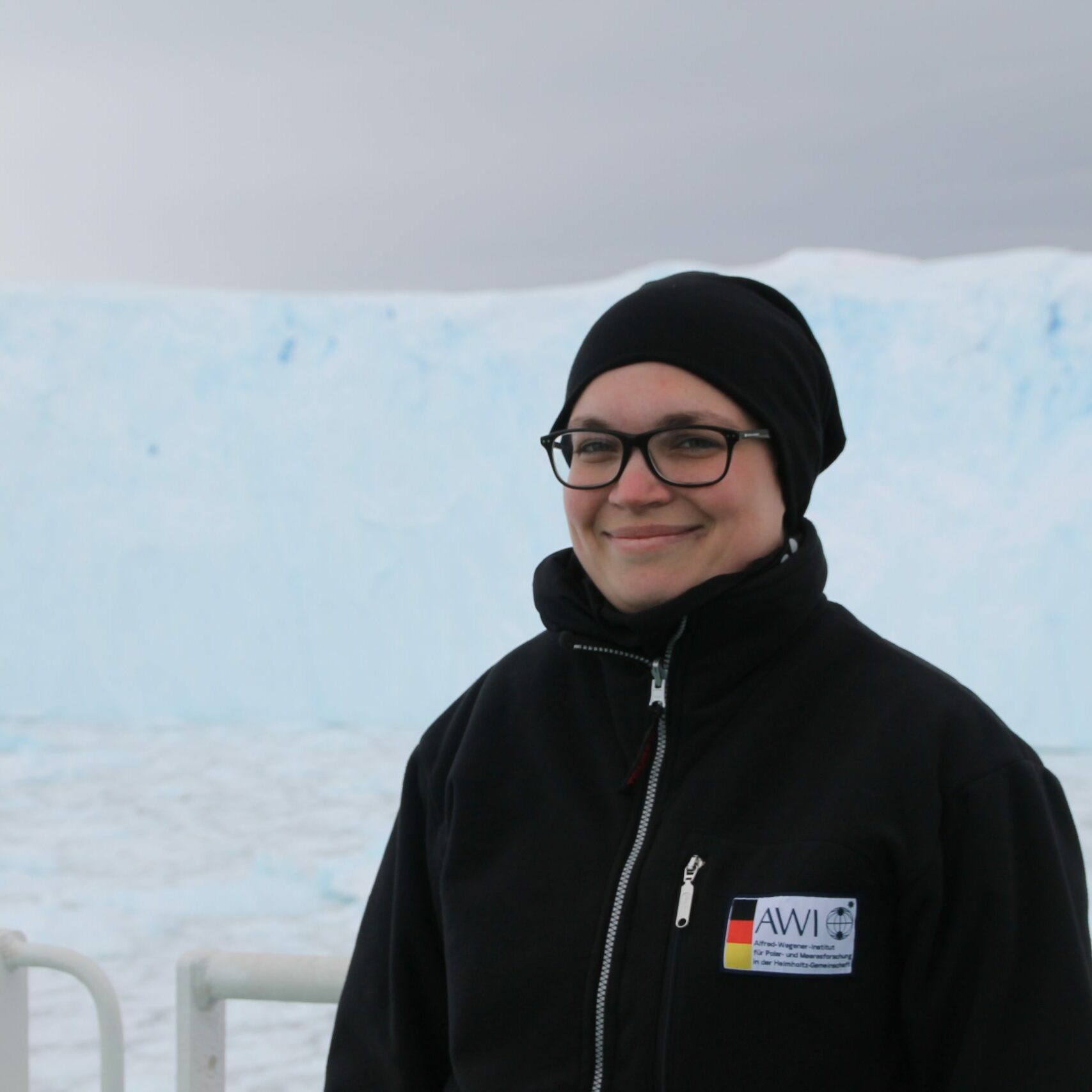
Katharina Hochmuth
Research Associate Tectonics and Ice Sheets
E: Katharina.Hochmuth@utas.edu.au
Social Links
Current ACEAS Activities:
The sedimentation offshore the Australian East Antarctic margin has been strongly influenced by the dynamics of the East Antarctic ice sheet as well as the tectonic remnants of the opening of the Southern Ocean and the separation between Australia and Antarctica.
As part of ACEAS, Katharina will focus on the reconstruction of sedimentation behaviour from various ice streams through time, revealing regional changes in the ice sheet and erosional dynamics and closely collaborates with other geologists, and geophysicists as well as the modelling community within ACEAS and beyond.
As part of the Denman glacier voyage, we hope to collect new datasets in this so far completely unsurveyed part of the continental shelf to work towards a better understanding of this vulnerable part of the East Antarctic ice sheet.

Current ACEAS Activities:
At ACEAS, I am focused on ecological processes and doing my best to bring together data and knowledge from other disciplines to improve ecological models. With ecological models, I am hoping to address key questions facing Southern Ocean ecosystems, primarily relating to the implications of climate change and fishing. I am developing size- and trait-based ecosystem modelling approaches for the Southern Ocean. I am attempting to integrate models with observational datasets collected across different spatial scales and spanning a vast range of taxonomic groups and trophic levels. These approaches will help us to understand how Southern Ocean ecosystems are responding to the rapid changes that are occurring.
I am very excited to be a part of the ACEAS research community. The truly multidisciplinary nature of ACEAS is an exciting proposition and contributing to the diverse research team is a privilege. Moreover, from my experience, multidisciplinary planning and transfer of knowledge leads to outcomes that are greater than the sum of the parts.
I aim to work closely with researchers collecting field-based data for important functional groups and distinct organisms in the Southern Ocean, to maximise the inclusion of data to improve model realism. This will hopefully include collaboration with researchers involved in data collection and production from satellites and Earth System Models, ARGO floats, all up to biological data collected from large marine mammals.
I am the co-coordinator of the ACEAS Working Group ‘Physics to Food Webs’. 'Physics to food webs' is an ACEAS (Australian Centre for Excellence in Antarctic Science) Working Group aiming to link researchers across disciplines to improve ecological modelling efforts for the Southern Ocean
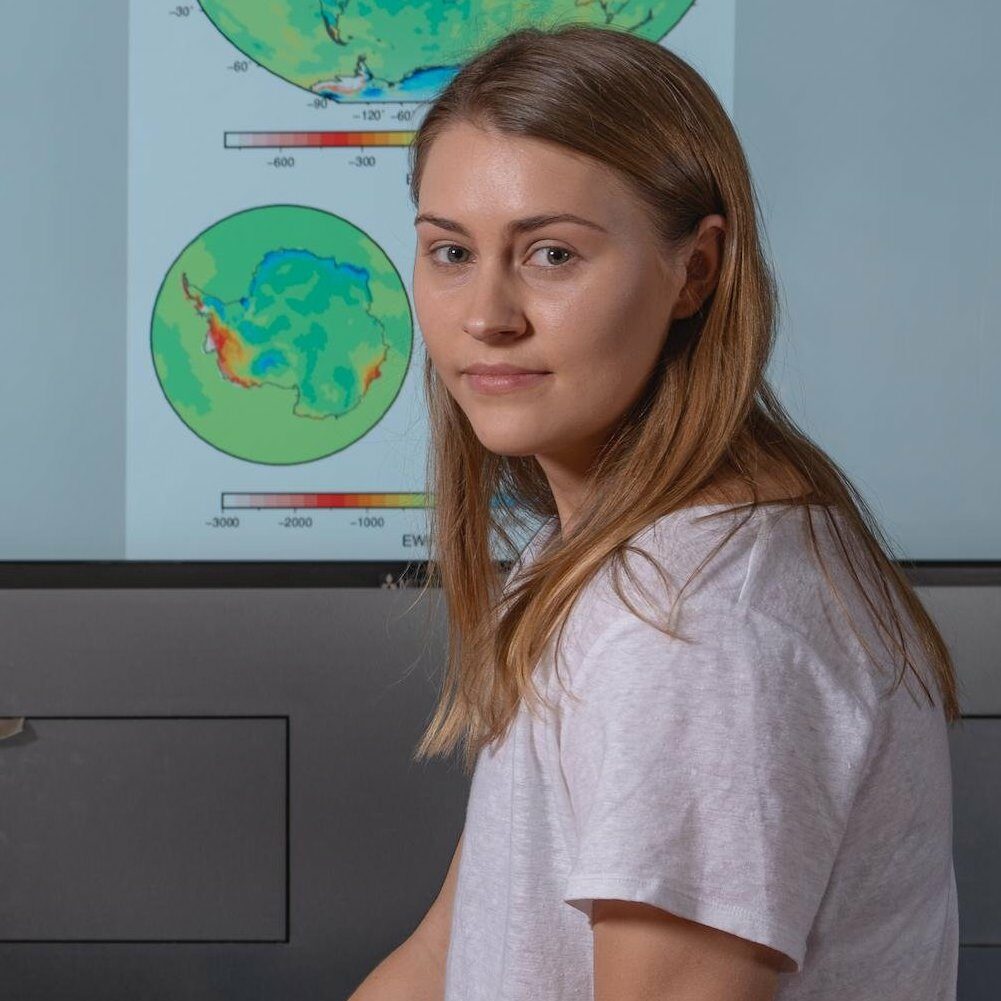
Rebecca McGirr
Research Associate Mass Balance (remote sensing, modelling)
Social Links
Current ACEAS Activities:
My role at ACEAS involves using space gravity data to measure the impacts of modern climate change on the mass of water stored as continental ice within the East Antarctic Ice Sheet. As part of ACEAS I will assess what spatial and temporal resolution of mass balance estimates can be achieved from current remote sensing data and how to best mitigate the impacts of glacial isostatic adjustment on mass balance estimates in polar regions. From these results, I will accurately estimate high spatio-temporal resolution changes in mass balance in East Antarctica and the associated contributions to global sea level over the past two decades
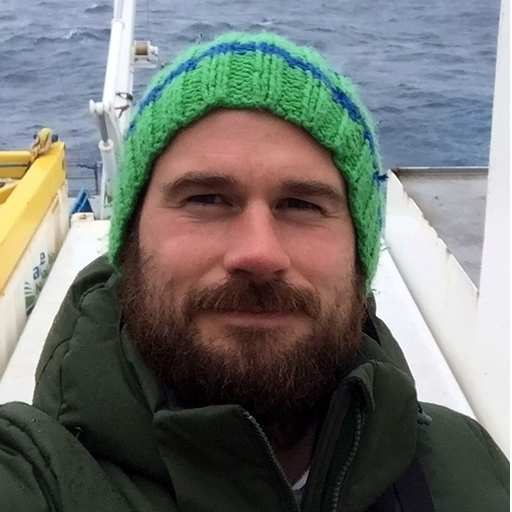
Current ACEAS Activities:
My role at ACEAS focuses on improving understanding and representation of the linkages between Southern Ocean biophysics, mid-trophic level prey, and predators. In tackling this, my role has two separate but complementary themes.
The first theme uses in-situ observations, obtained through animal biotelemetry (satellite loggers with onboard CTD sensors), to concurrently measure biophysical ocean properties, relative prey abundances, and changes in predator foraging behaviour. With these combined datasets, I aim to derive empirical links spanning environment – prey – predators and use these to generate understanding around how Southern Ocean biota might respond to fine-scale changes in their environment.
The second theme focuses on formalising trophic linkages through mechanistic modelling. Here I consider approaches for representing key Southern Ocean energy pathways through extending current general circulation and biogeochemical models to represent mid-trophic levels. In doing this, I have been implementing a modified ecosystem model (SEAPODYM) framework to represent a key Southern Ocean prey species – Antarctic krill. Through this work, I hope to extend my research to applied questions addressing sustainable species management under a changing climate.
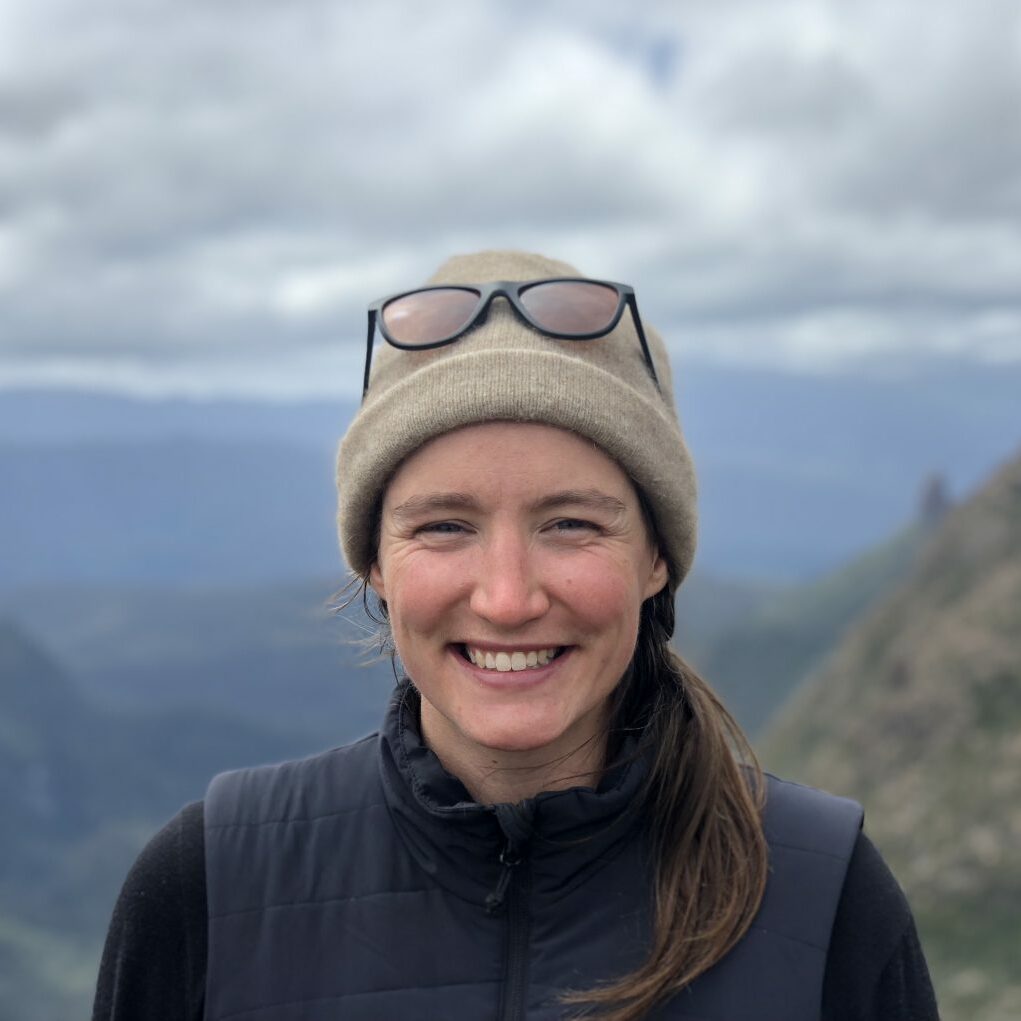
Madelaine Rosevear
Research Associate Ice-ocean interactions
E: madi.gamblerosevear@unimelb.edu.au
Social Links
Current ACEAS Activities:
As an ACEAS Postdoc I will be investigating the ocean processes responsible for melting Antarctic ice shelves using a modelling approach. The ability to accurately predict basal melting of Antarctic ice shelves is critical to future projections of ice sheet stability and sea level. However, due to the difficulty of accessing the ocean beneath ice shelves, which are hundreds of meters thick and hundreds of kilometers long and wide, the ocean environment beneath ice shelves is rarely observed and the ocean processes that govern heat transport to the ice remain poorly understood. I will use a high-resolution ocean model to target processes that are expected to drive elevated heat transport to the ice, such as internal wave activity, and quantify their effect on ice shelf basal melting. In collaboration with other ACEAS investigators, I will use new and existing results from my PhD work to develop and implement a new parameterisation for basal melting for use in large-scale Ocean/Climate models, to improve the accuracy of future climate and sea-level projections.

Current ACEAS Activities:
I’m currently consolidating possible in situ data collected in the Southern Ocean, such as ACE, SOLACE and SOTS. Based on which, I will explore the bio-optical properties of the Southern Ocean to get an overview.
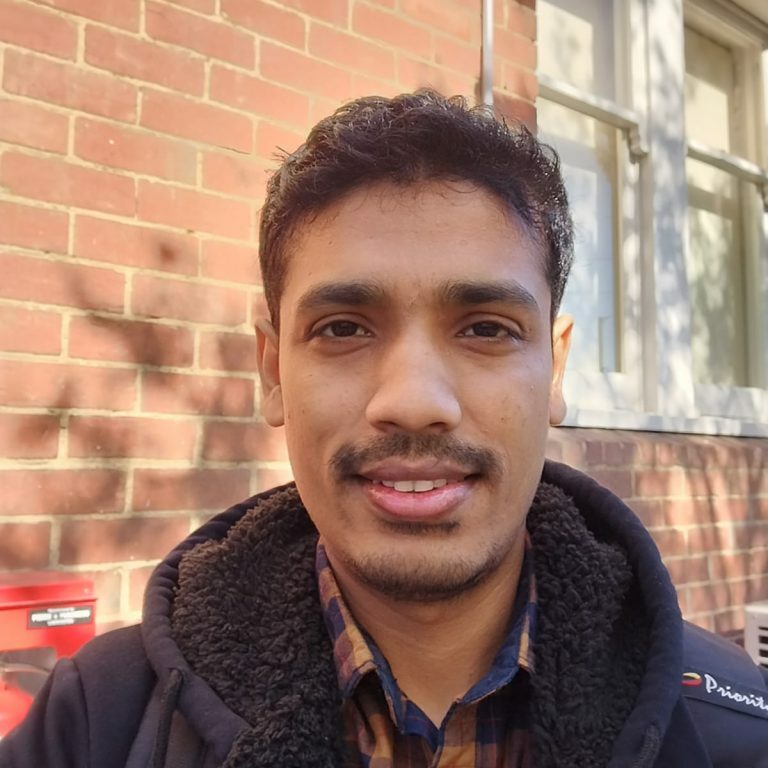
Sandeep Mohapatra
Research Associate - Modes of Ocean Variability
E: Sandeep.mohapatra@utas.edu.au
Social Links
Current ACEAS Activities:
I am working on the ocean modes of variability of the global ocean with a major focus on the Southern Ocean and its footprint on the atmospheres and over land including Antarctica by using reanalysis products and coupled ocean-atmosphere simulations.

Current ACEAS Activities:
Focusing on the Southern Ocean (SO) Marginal Ice Zone (MIZ), my role will be to implement novel under-ice mapping techniques that can capture key sea-ice biophysical properties challenging to measure by any other means. The derived under-ice remote sensing products, to be linked with meaningful biogeochemical and ecological processes monitored by other ACEAS groups, aim to deliver datasets and tools cognisant of the temporal and spatial scales required by the ACEAS workforce and other partner organizations.
In particular, the technical component of the project involves designing means to deploy under-ice hyperspectral imaging and photogrammetric payloads that are mounted on Remotely Operated Vehicles (ROVs). Information on sea-ice sympagic communities (e.g., biomass and photophysiology) and structure will then be combined with surface products (e.g., from Unoccupied Aerial Systems (UASs) and other platforms) to deliver a multi-scale array of biophysical sea-ice data that can be assimilated with known information in the region.
Through the analysis of new and existing bio-optical under-ice data, the project ultimately envisions the delivery of new monitoring tools and algorithms that can provide support for modelling efforts and reveal complex biophysical processes under a changing Antarctic sea ice.

Current ACEAS Activities:
My current activities within ACEAS are to investigate Southern Ocean ventilation and water-mass formation, as well as the heat uptake and redistribution by Subantarctic Mode Water (SAMW) and Antarctic Intermediate Water (AAIW) in driving Southern Ocean warming. I have been looking at the formation and variability of SAMW and AAIW in the Southern Ocean, by reconciling their volume changes with formation mechanisms of subduction and water-mass transformation. I am currently working at investigating the ocean heat uptake and redistribution by SAMW and AAIW formation for understanding Southern Ocean warming, and more broadly, global warming.

Current ACEAS Activities:
At ACEAS, my goal is to understand how meltwater discharge events from the Greenland Ice Sheet affect the high latitude Southern Hemisphere Climate, in particular the Eastern Antarctic Ice Sheet. Freshwater discharge into the North Atlantic Ocean have the potential to greatly weaken, or even shut down, the main pathway by which the ocean transports heat poleward: the Atlantic Meridional Overturning Circulation (AMOC). Such change would have an impact in the global climate, cooling the Northern Hemisphere and affecting tropical rainfall patterns. Nonetheless, little is known about how AMOC weakening would affect the high latitude regions in the Southern Hemisphere. To accomplish this, I combine numerical experiments using climate models to evidence from past events in the Earth’s history as inferred from proxy data.
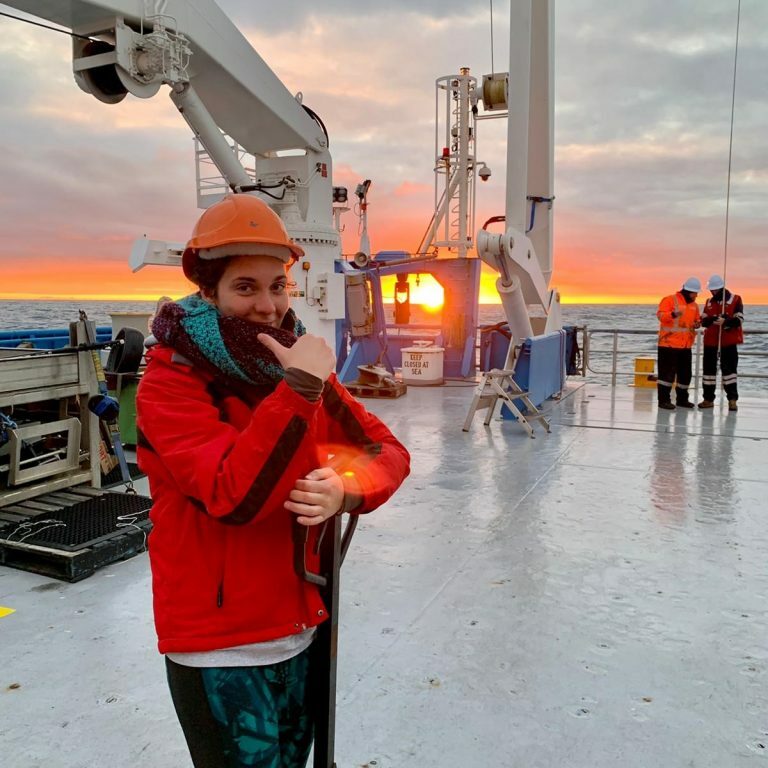
Pauline Latour
Reserach Associate - Ocean-ice Biogeochemistry
Social Links
Current ACEAS Activities:
As an ACEAS postdoc, I will investigate the role of trace metals originating from the cryosphere in stimulating surrounding primary productivity. Using a combination of field- and lab-based experiments, I will look at the cycle of sea ice trace metals in East Antarctica and study the impact of their speciation and limitation on phytoplankton physiology.
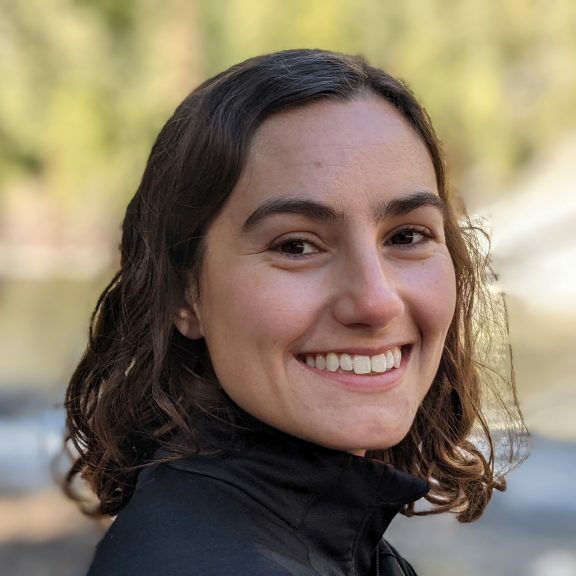
Tamara Schlosser
Research Associate - Marine Ecosystems Remote Sensing
E: tamara.schlosser@utas.edu.au
Social Links
Current ACEAS Activities:
As part of ACEAS, I am investigating the environmental drivers that control the onset of the Southern Ocean spring bloom. I work with biogeochemical Argo (BGC-Argo) float data from the Southern Ocean, in combination with other data streams (satellite, model outputs, reanalysis products), and one-dimensional turbulence modelling. By understanding how the Southern Ocean primary productivity is dependent on the physical environment, we can better predict future ecosystem changes and the resulting biogeochemical fluxes.
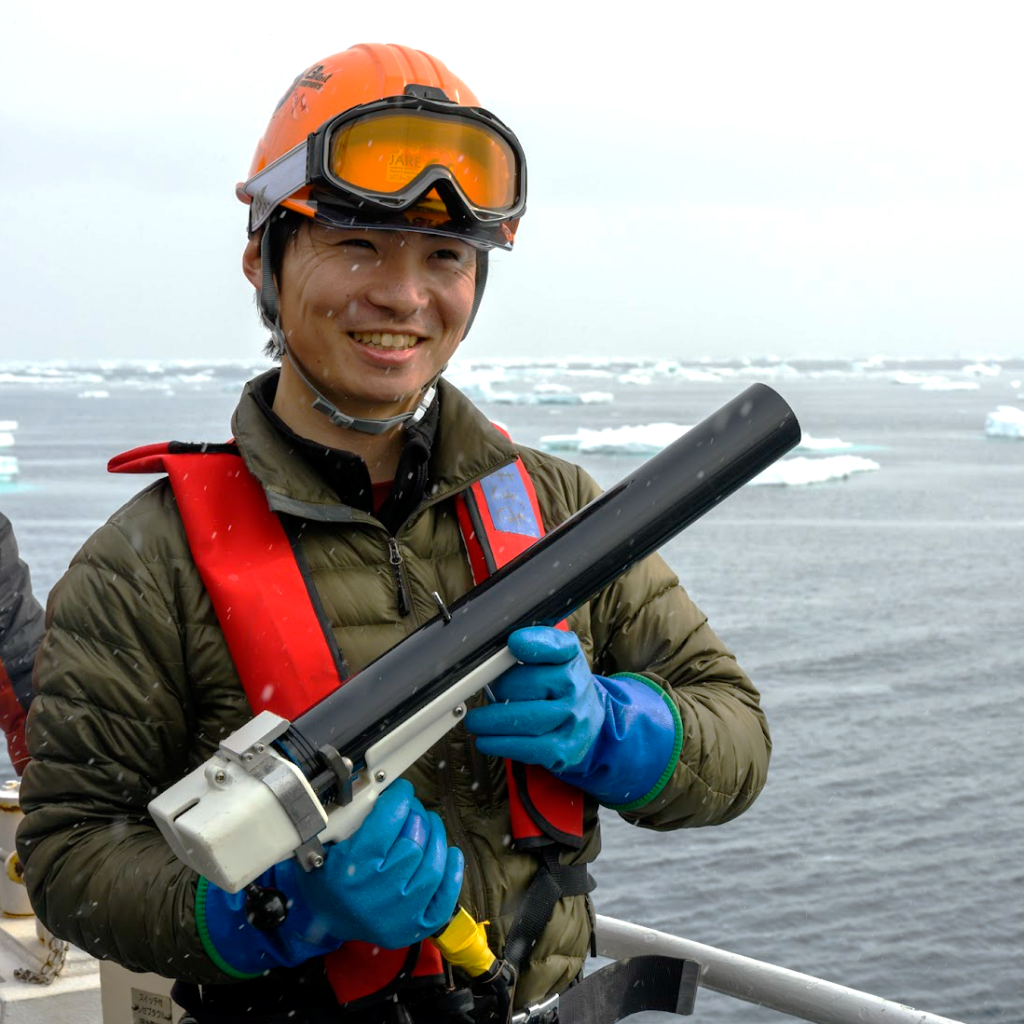
Current ACEAS Activities:
I will quantify the fine-scale structure of velocity and water mass properties across the Southern Ocean from existing observations to examine the processes that regulate heat, freshwater and other tracers across Southern Ocean fronts, with a particular emphasis on the East Antarctic margin. This work will include analysis of high-resolution model simulations (e.g. MITgcm and ACCESS-OM2-01) to test their ability to represent these processes. I will also participate in marine science voyage to the Denman Glacier.
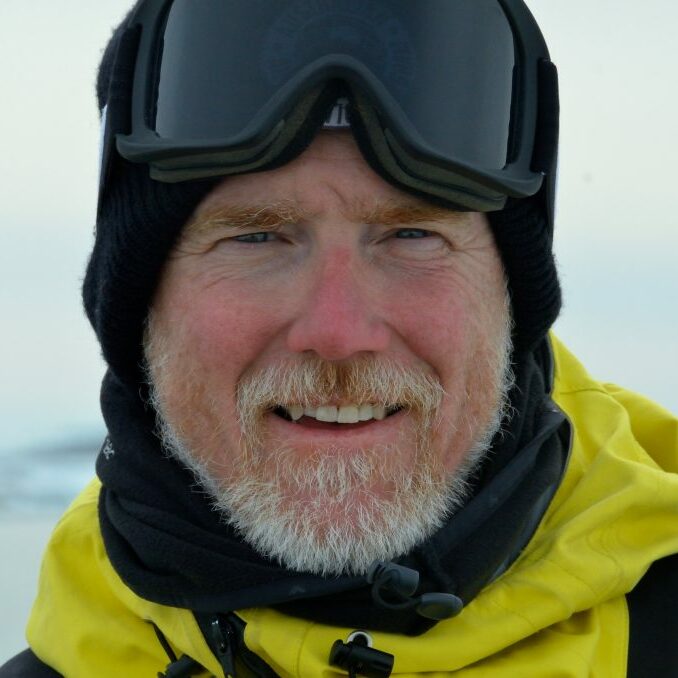
Current ACEAS Activities:
I study how Antarctica's response to the changing climate depends on solid Earth properties and processes. In my role at ACEAS, I investigate new ways to gain insight into how geology interacts with ice sheets and glaciers. Such insights are derived from geophysical and geological data using novel computational and statistical tools. Integrating data from satellites, airborne instruments, and seismology with qualitative observations in glaciology and geology provide technical as well as semantic challenges. Those challenges can be addressed with the broad expertise in ACEAS; multivariate questions call for interdisciplinary efforts.
I am based at the University of Tasmania School of Natural Sciences, Physics. In this environment, I have the opportunity to get inspired by colleagues using relevant and advanced analytical and computational tools to address similar problems in different settings.
Currently, I am working on instrumentation and field preparations to study the ice-bedrock interface as well as deeper structures. I am also developing new methods to study the large-scale tectonic configuration of the Antarctic interior and derive implications for subglacial heat and glacial isostatic adjustment.
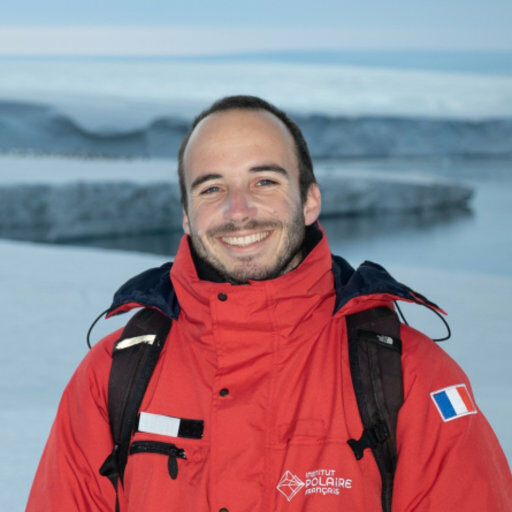
Current ACEAS Activities:
I am a postdoctoral research associate at UTAS working on Southern Ocean modelling with Dr. Paul Spence. A major part of my activities is to conceal ocean modelling and satellite altimetry observation to uncover physical processes in the subpolar Southern Ocean, such as Dense Water overflows or ocean-sea ice interactions.
I will also be involved in the development of regional Pan-Antarctic models and in-situ observations studies in the Southern Ocean.

Current ACEAS Activities:
I am currently investigating the carbon cycle in the Southern Ocean during the Miocene, the last time the atmospheric CO2 level is comparable to the present. I will use stable isotopes and trace elements of microfossils to reconstruct Southern Ocean seawater chemistry in the past. Based on these reconstructions, I will try to understand the feedback between CO2 and the Southern Ocean phytoplankton productivity in a warm climate. I hope this work can provide insights into responses of the Earth’s climate to future atmospheric CO2. I will also investigate modern Polar Southern Ocean biogeochemistry using samples from upcoming Antarctic research voyages.

Current ACEAS Activities:
Since joining the Australian Centre for Excellence in Antarctic Science (ACEAS) as a Research Associate in March 2023, my primary focus has been on investigating ice fabric evolution and developing reliable fabric models for large-scale ice sheet models. I am working on incorporating viscous anisotropy into ice sheet models, which is crucial for improving our understanding of ice flow behaviour and ice sheet dynamics.
In addition to my research, I actively collaborate with fellow ACEAS researchers to advance knowledge in Antarctic science and climate research. Together, we are working on addressing some of the most pressing questions related to Antarctic ice dynamics and the impacts of climate change.
As part of my role within ACEAS, I also dedicate time to developing and presenting research findings at conferences and workshops. This allows me to contribute to the wider scientific community and ensure that our research reaches a broader audience.
Moreover, I am committed to mentoring and collaborating with students and early-career researchers in the field of glaciology and ice dynamics. I believe that fostering the growth and development of the next generation of scientists is essential for the continued advancement of our understanding of Antarctic ice and its role in global climate systems.
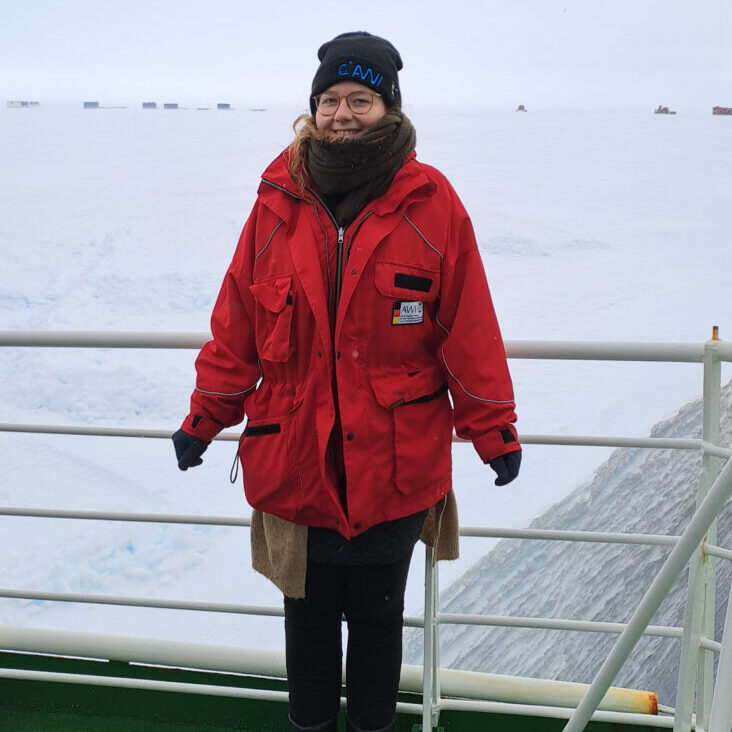
Current ACEAS Activities:
The sub-glacial geology of the Antarctic continent is of fundamental importance to understanding ice sheet dynamics. Topography, composition, and properties of the bedrock control how fast the ice sheet slides and interacts with the underlying terrain. Additionally, areas with high heat producing rocks can contribute to increased geothermal heat flow, leading to basal melt and affecting the overall stability and flow dynamics of the ice sheet.
Mareen’s research will focus on advancing our understanding of subglacial geology in the Wilkes Land area. Her aim is to provide new interpretations to characterise the ice sheet bed and constrain conditions that influence glacial processes.
To achieve this, she will analyze geophysical data including gravity, magnetic and radar data. This will potentially generate information on bed-characteristics, which in collaboration with ACEAS, can be linked to ice sheet and ocean science outcomes.

Taimoor Sohail
Research Associate - Thermodynamic Constraints on Changes in the Antarctic
Social Links
Current ACEAS Activities:
I am currently working on understanding how and where ocean heat reaches the Antarctic margins, and the flow-on effects on basal ice melting there. I apply data science tools, including unsupervised learning, to state-of-the-art ocean models to glean new insights into the processes driving heat transport in the Southern Ocean.
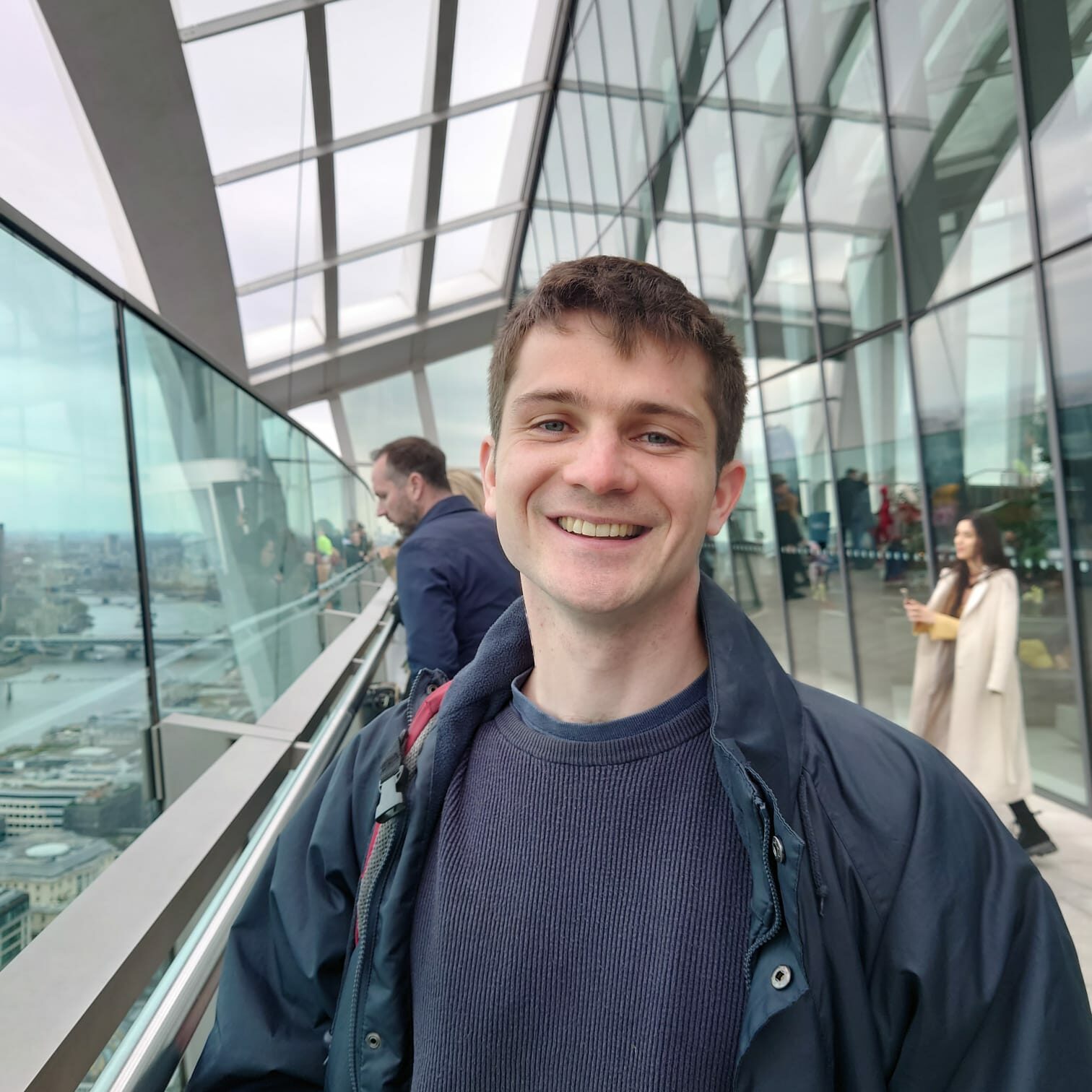
Current ACEAS Activities:
I am currently working as a researcher at ANU, as part of a team developing and validating a finite element model for simulating Antarctic Glacial Isostatic Adjustment (GIA) using Firedrake. GIA is the ongoing response of Earth's surface to changes in ice and water loading as Earth moves into and out of periods of glaciation. Antarctica is today still experiencing uplift in response to the reduction of the Antarctic Ice Sheet thousands of years ago. The present-day uplift rate and associated changes to Earth's gravity field mean that the satellite-based observational techniques used to quantify mass balance change are affected by GIA. Consequently, ice surface changes measured by satellite altimetry need to be corrected for uplift of the Antarctic bedrock, while mass changes derived from space gravity missions need to have the GIA gravity change signal removed. The latter is almost of the same magnitude as the present-day mass loss signal, so the GIA corrections are of immense significance.
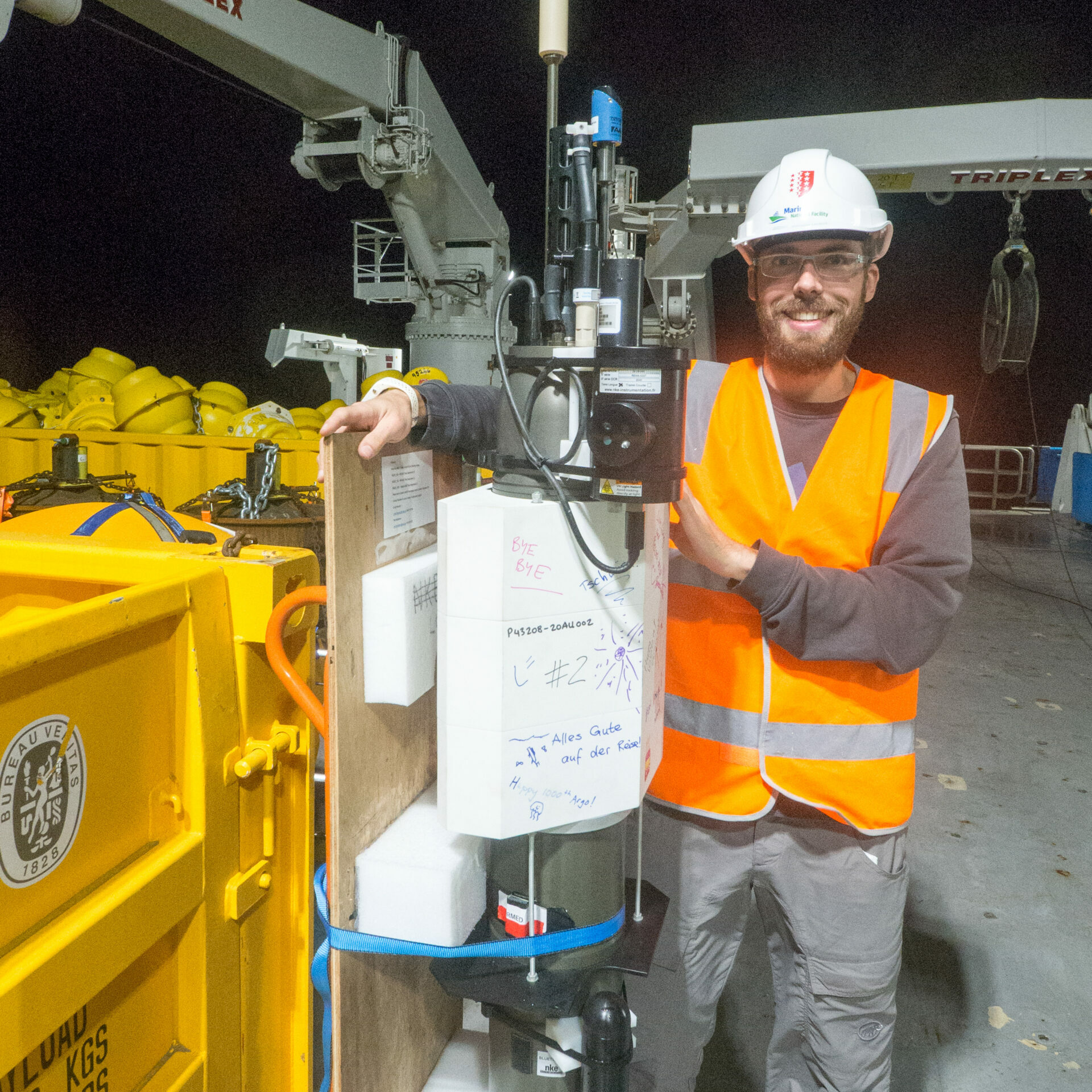
Maurice Huguenin
Research Associate - Coupled Ocean-Atmosphere-Ice Feedbacks at the Antarctic Margin
E: m.huguenin-virchaux@unsw.edu.au
Social Links
Current ACEAS Activities:
As part of my Postdoctoral research associate position, I will investigate the interactions between the atmosphere, sea ice and the ocean circulation around the Antarctic margin using high-resolution climate models.
I will perform perturbation simulations in both ocean-sea ice and coupled climate models to investigate the impact of interannual to decadal climate variability on subsurface shelf temperatures, formation of Dense Shelf Water and export of Antarctic Bottom Water.
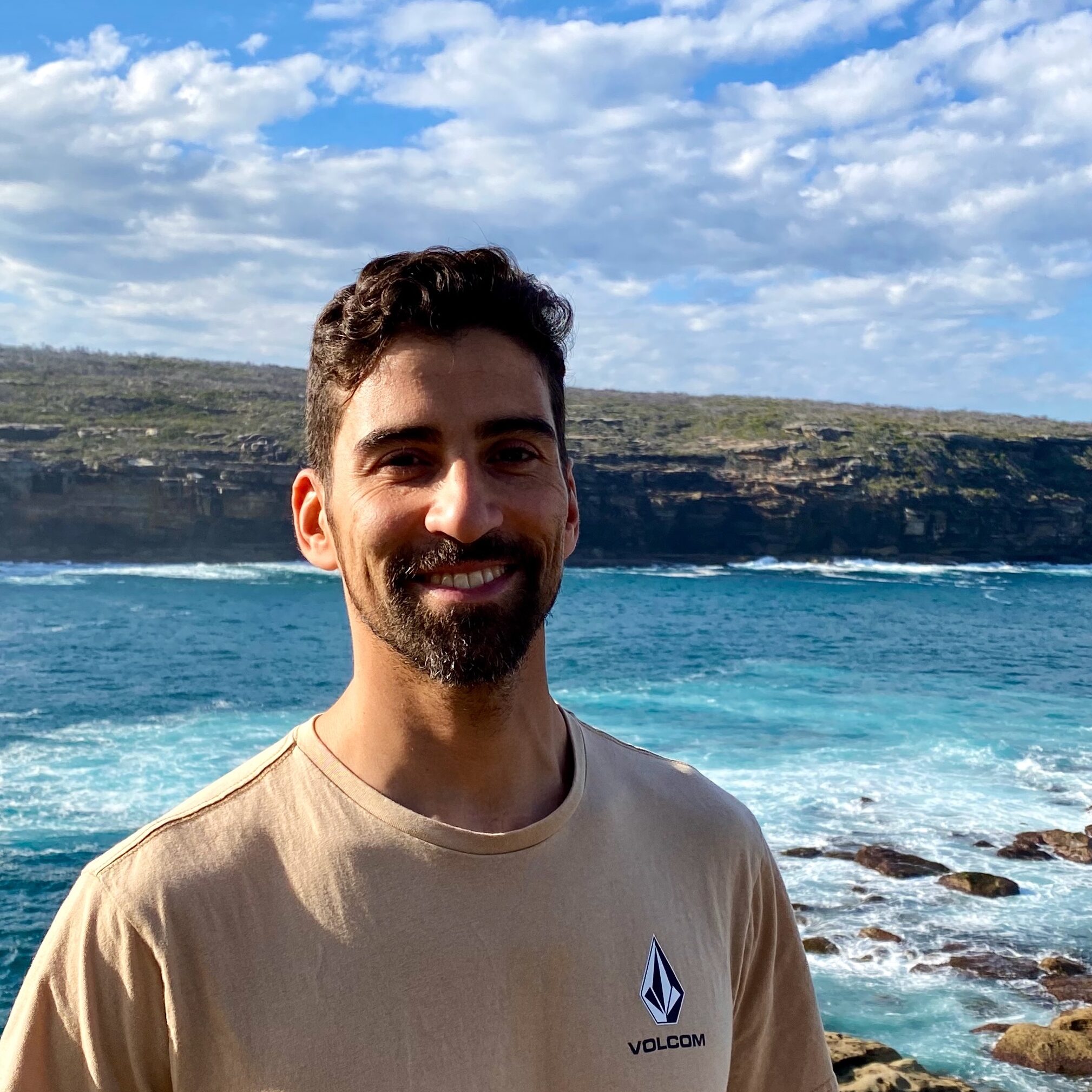
Current ACEAS Activities:
Fabio is a physical oceanographer and ocean modeller from Brazil with a PhD from the University of Tasmania. His main interests are in the ocean’s role in the climate system and the mechanisms influencing global sea level in a changing climate, with a particular interest in ocean heat transport processes associated with (1) ocean heat uptake and thermal expansion, and (2) ocean-ice shelf interactions and marine ice sheet instability around Antarctica. In his role at UNSW/ACEAS, he is looking into the mechanisms of cross-shelf heat transport and its impact on melting of the Antarctica ice shelves.
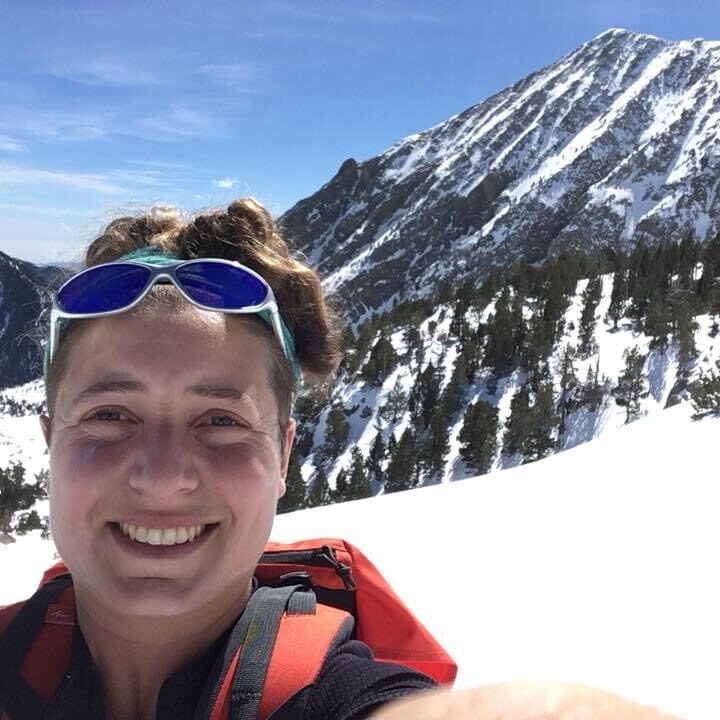
Maria Constanza Manassero
Research Associate Magnetotelluric Geophysics
E: maria.manassero@utas.edu.au
Social Links
Current ACEAS Activities:
One of the most pressing challenges of our time is understanding the rate of ice loss in Antarctica. Progress in this interdisciplinary knowledge helps accurate projections of sea-level rise and prepares the community for climate risk. Geophysicists can contribute to this knowledge by using surface observations to study the ice-solid Earth interaction. However, geophysical interpretations in Antarctica are limited due to the lack of data. In my postdoctoral role within the ACEAS initiative, I will be using field and computer-based methods applied to geophysical data in Eastern Antarctica. During the 2023/2024 Antarctic Expedition, we will first collect magnetotelluric (MT) and seismic data across (and around) Denman Glacier to expand the available data in the region.
MT measures electric and magnetic field variations and, through inversions, provides information on the electrical conductivity of the subsurface.
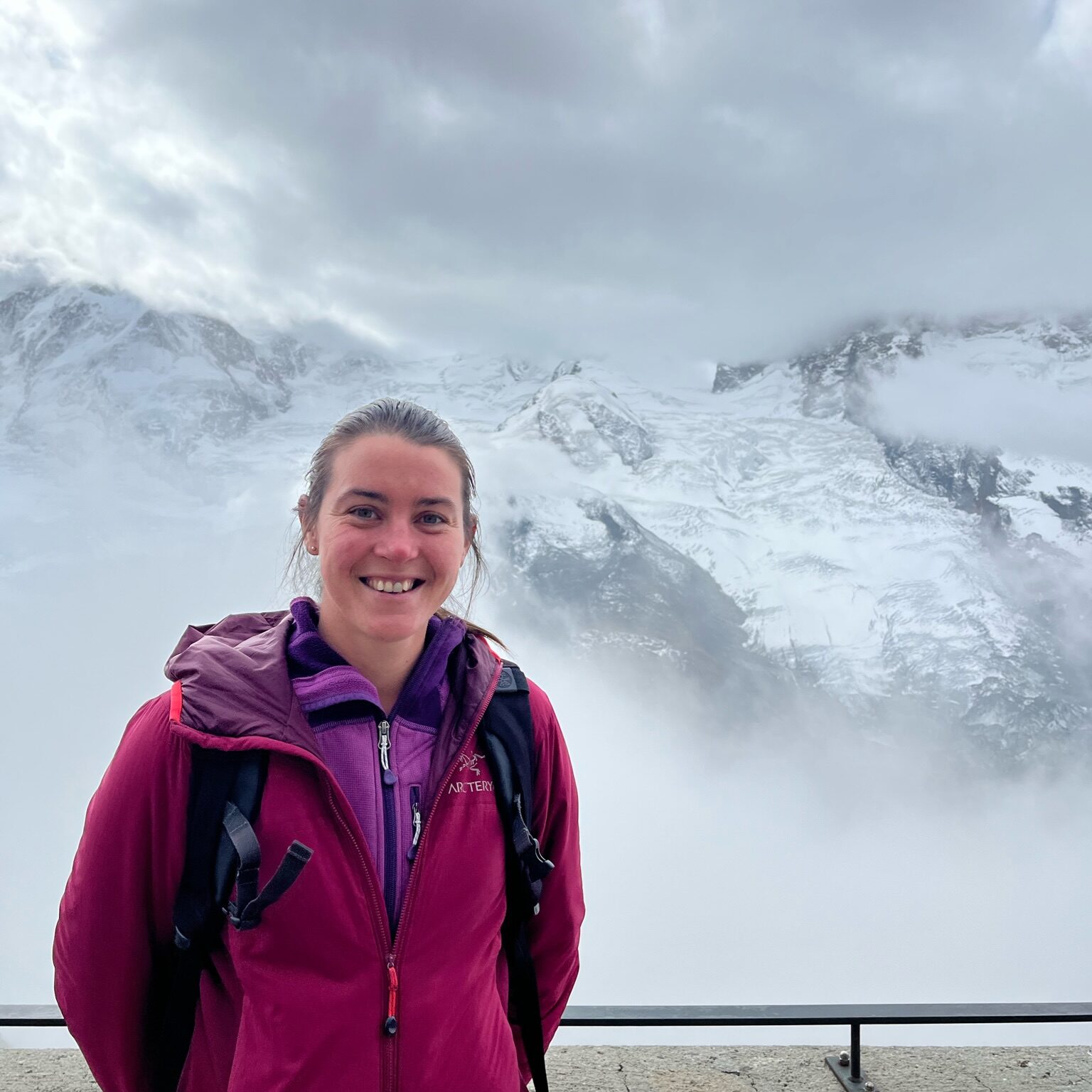
Current ACEAS Activities:
Reducing uncertainty in snowfall variability over the Antarctic ice sheet through improving our understanding of the influence of extreme weather events in the past, present and future.
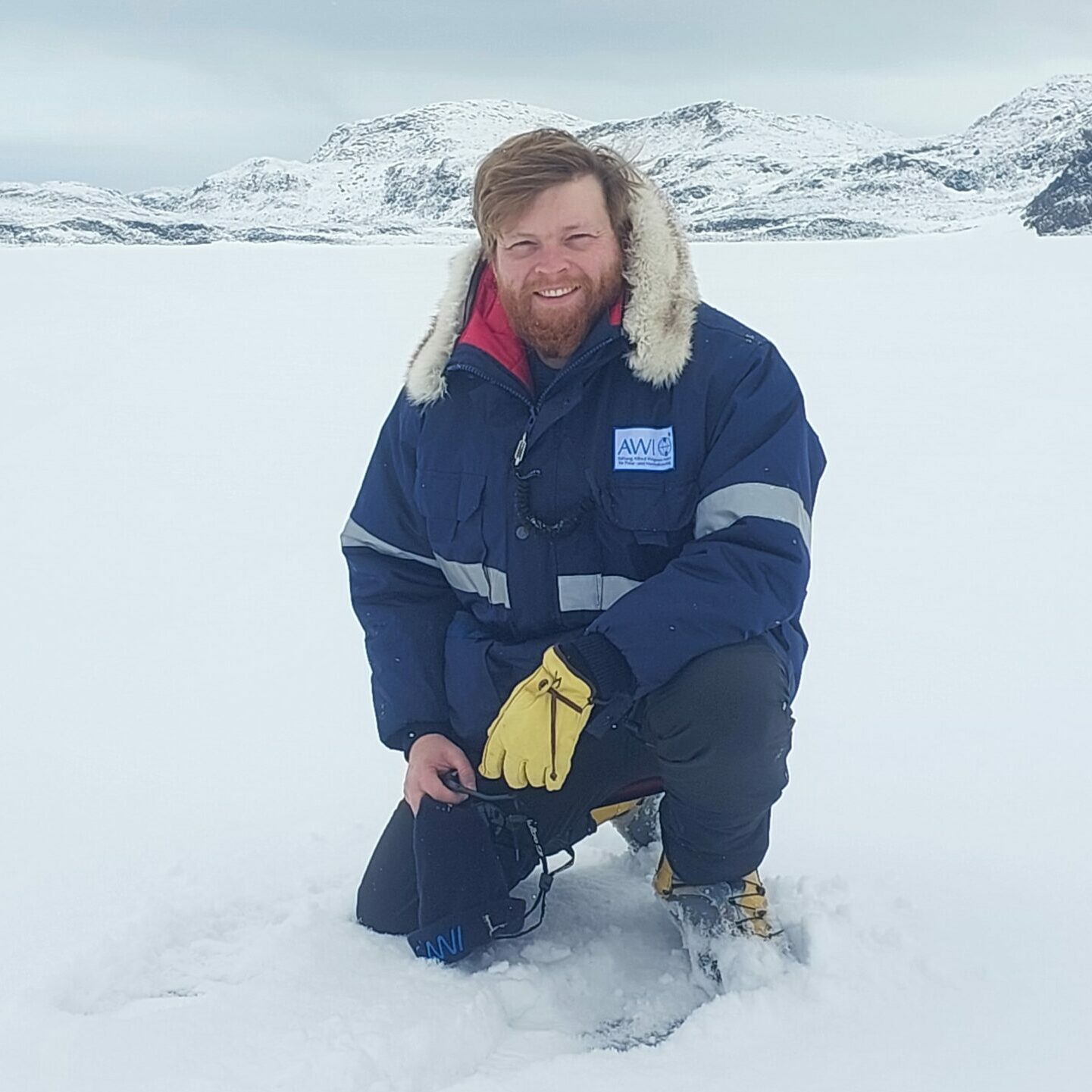
Matthew Jeromson
Research Associate Paleo-Ice Sheet History
E: matt.jeromson@canberra.edu.au
Social Links
Current ACEAS Activities:
The primary aim of my project with ACEAS is to understand the Holocene timing of circumpolar deep water incursions in the Denman region, both onto the continental shelf generally and into the Shackleton Ice Shelf cavity. I will apply established geochemical proxy methods to sediment cores from both the open water and sub ice shelf environments. In doing this, we can better assess the drivers of ice sheet change and historical shifts in ocean conditions within the Denman Region.
Additionally, I will be conducting further research into the development of 10Be as a geochemical palaeoceanographic proxy, utilising both water and sediment samples.

Current ACEAS Activities:
My research at ANU aims to understand two main processes: The ocean heat transport in the Southern Ocean towards the ice shelves and the ocean model constraints to form Antarctic Bottom Waters realistically. Answering these questions requires high-resolution ocean simulations, my primary research tool.
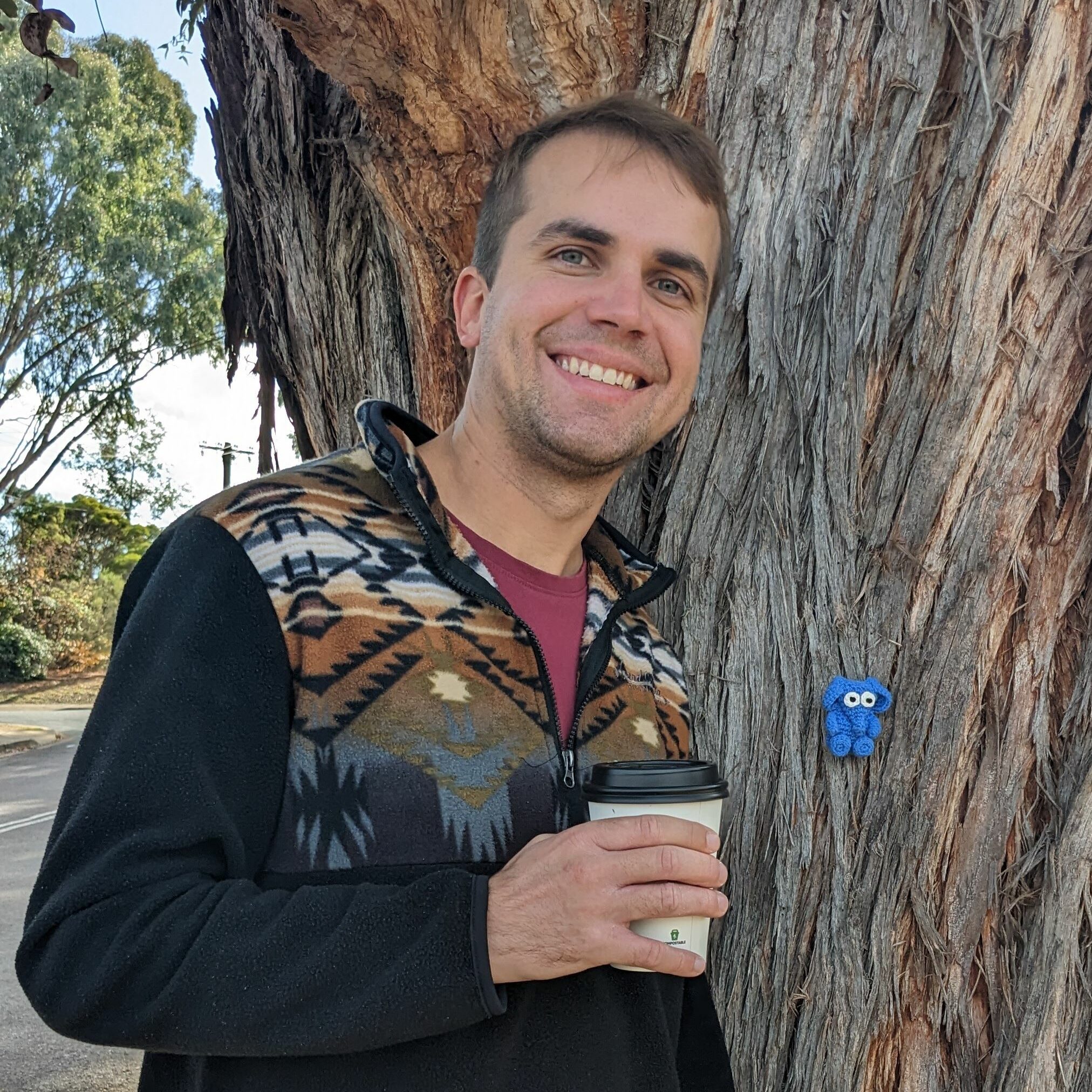
Matthias Scheiter
Research Associate Ice Sheet Modelling and Data Science
E: matthias.scheiter@utas.edu.au
Social Links
Current ACEAS Activities:
The goal of my project at ACEAS is to improve estimates of sea level contributions from the East Antarctic Ice Sheet through techniques from ice sheet modelling and data science. One particular focus is to work towards better calibration of the ice sheet model, i.e. its reconstruction of the present state as given by observations. Based on that, the model can be run into the future to predict mass loss under climate scenarios and subsequent sea level contribution. The incorporation of advanced statistical techniques such as deep learning and Bayesian inference into the ice sheet modelling workflow will help to better-quantify and reduce uncertainties associated with these projections.
